2014 Cadillac ELR Review – Video

The Cadillac ELR is not going to have an easy road in life. Thrust onto the market wearing a $75,995 price tag, this new car resides in a high-end neighborhood all about luxury, performance and refinement. As a front-wheel drive coupe based on a Chevrolet range-extending hybrid that only makes 217 hp, is it playing out of its league?
FAST FACTS
| Engine: 1.4 L four cylinder engine + electric motor. Total output 217 hp and 295 lb-ft of torque |
| Transmission: Voltec 4ET50 |
| Fuel economy: 82 MPGe total, 33 MPG with gasoline engine operating. |
| Price: $75,995 after destination charges, $82,135 as tested. |
The ELR features an electric motor paired to a 1.4-liter gasoline engine. Unlike most hybrids, the gas engine is used more as a generator than a drive motor. It can power the wheels, but only in succession with the electric motor. While the powertrain technically makes a combined total of 217 hp, you won’t ever really have access to that much power. While relying only on the electric portion of the powertrain, the car has 157 hp and that figure increases to 181 with help from the gasoline engine.
At least the torque rating is constant at 295 lb-ft. This is always on tap and can motivate the 4,050-lb coupe from a standstill to 60 mph from a standstill in under nine seconds in EV mode and less than eight seconds in gasoline assist mode.
Seamless Gas-Electric Integration
Get the Flash Player to see this player.
The switch between these two settings is seamless in the ELR. Aside from engine noise, a little more vibration can be felt through the steering wheel and pedals. Basically, when the gas engine is on, the intrusion is no more than found in most luxury vehicles. Best of all, unlike some hybrid systems, there is absolutely no hesitation between the two power modes.
Of course, being a hybrid of any type, efficiency is key with the ELR. The car is good for 82 MPGe according to the EPA. However, extended drives on the gasoline engine will bring this number way down as it is only rated at 33 MPG when that engine is engaged. Conversely, efficiency numbers can be much higher if only the electric motor is used. With a claimed electric range of 37-miles, many commuters can stay in pure electric power on a daily basis, especially if there are charging stations at work. During our daily commute we regularly saw 35 miles a charge.
Regenerative Braking on Demand
The key to maximizing efficiency lies in the ELR’s regenerative braking. Like all hybrid and electric vehicles, this car recaptures electric energy when coasting or braking. But unlike most, the Cadillac has paddles mounted to the steering wheel that allows for regenerative braking on demand. Squeeze the paddles and maximum regenerative slowdown is applied without engage the car’s regular brakes. It’s a great way to extend the cars range, but these paddles are basically on/off switches. There is no way to modulate the amount of brake pressure. We wish the level of pressure applied to the paddle correlated with how strong the brake application is. Despite that, the feature proved to be useful frequently from a practical standpoint.
While speaking of efficiency, the ELR also has a Hold mode. This allows the driver to manually turn on the gasoline engine at any time so the batteries electric power can be used later. It’s a great feature for commuters since EVs are not very efficient on the highway while this is where gasoline engines are most efficient. Using this system to maximize our range, we averaged 123.2 MPGe during 200 miles of commuting during the course of a week. If we had a charging station at our office, we probably never would have engaged the gasoline engine at all.
Not a Model S Competitor
It didn’t take long for people to start comparing the Cadillac ELR to the Tesla Model S after GM confirmed that it would go into production. Both are luxury cars and like the Tesla, the ELR runs on electric power; at least most the time.
But other than that, it doesn’t make much sense to compare the two cars. Unless you’re buying the ELR purely to make a statement, the two cars serve different purposes. One is a sedan capable of carrying up to seven people while the other is a low-slung coupe that’s hard pressed to carry more than two people.
More in Line with the E-Class Coupe
A closer competitor to the ELR is the Mercedes-Benz E-Class Coupe. Although it’s slightly slower in a straight line, this car performs similarly to the E 350. It weighs about the same, is the same size and handles corners just as well. It’s more expensive than even a fully loaded E 550 coupe though, but there is a lot more technology involved in the ELR and there’s no doubt which car is more efficient.
It may sound like a stretch comparing this FWD hybrid to a RWD Mercedes-Benz luxury coupe, but much like the Volt, the ELR for the most part lacks the artificial feeling that many EVs are burdened with. It not only drives like a regular car, but is superbly smooth, is competent in corners and isolates passengers from outside noises. The ELR’s suspension is more refined than a flawless diamond.
There are some things on the ELR we would change though. The regenerative brakes are a bit grabby and there is noticeable delay in the throttle. The latter can be fixed to a degree by selecting the “sport” setting that changes the throttle and steering mappings as well as stiffens up the adjustable dampers. This doesn’t quite make the car into a sports car coupe, but neither is the E 350.
Pure Luxury Inside
Inside, this car couldn’t be any more Cadillac. In fact, the ELR has basically adopted the new CTS’s design right down to the center stack layout and motorized cup holder. The configurable gauge cluster, probably the best of any current Cadillac, features a permanent ring surrounded by three adjustable display screens.
Cadillac went a little overboard in its quest to create a premium interior. On the doors alone, you’ll find leather, suede microfiber, chrome, wood and carbon fiber. According to Cadillac, there’s also “choreographed LED-powered accent lighting” inside the car, although we’re still a little puzzled about what that means. The best part of the ELR’s cabin is the sound, or lack thereof. It is so quiet inside thanks partly to active noise cancelling measures coming from the stereo.
Spacious Interior
Sightlines are awful in this car, but keep in mind that this is a stylish coupe. Despite being difficult to see out of, driver comfort is still great. The interior materials have a premium, rich feeling and there is more usable legroom and headroom for the driver and front seat passenger than the E-Class coupe. The rear seats, with 33.6 inches of rear legroom are cramped and the 10.5 cubic foot trunk is on the small side. But this is a hybrid coupe after all crammed full of batteries.
The Verdict
There’s no denying the ELR is a stylish luxury coupe. Better than just a fancy Volt, the car feels refined on the road. It’s a better car than we expected it to be, but the $82,135 as-tested price tag is still an issue. The ELR needs a lower price point, 100 more horsepower, 100 more miles of electric range or even all the above.
LOVE IT
- Refinement
- Quiet cabin
- Exterior and interior style
- Efficient
LEAVE IT
- Price
- Could use more power
- Could use more range

A 20+ year industry veteran, Mike rejoins the AutoGuide team as the Managing Editor. He started his career at a young age working at dealerships, car rentals, and used car advertisers. He then found his true passion, automotive writing. After contributing to multiple websites for several years, he spent the next six years working at the head office of an automotive OEM, before returning back to the field he loves. He is a member of the Automobile Journalists Association of Canada (AJAC), and Midwest Automotive Media Association (MAMA). He's the recipient of a feature writing of the year award and multiple video of the year awards.
More by Mike Schlee
















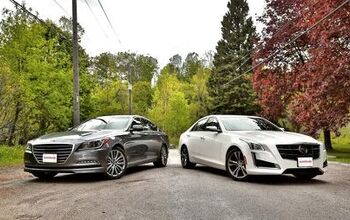


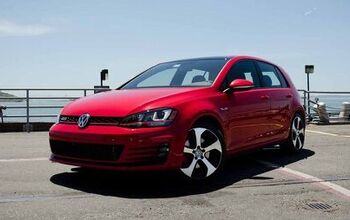




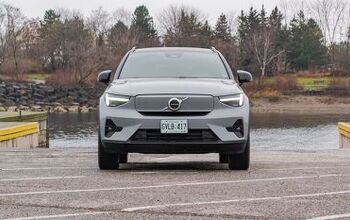
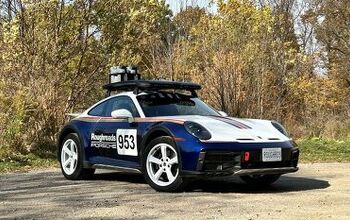
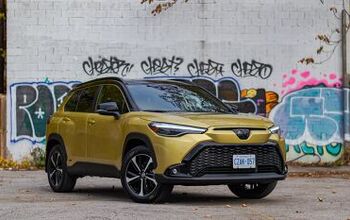
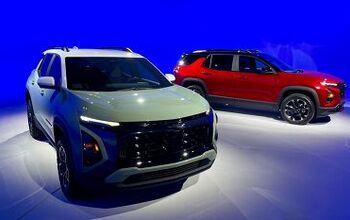
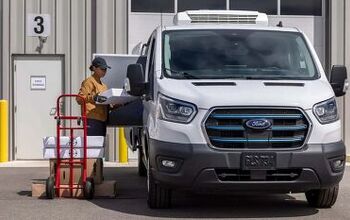
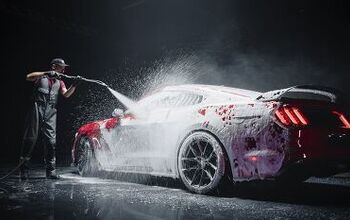
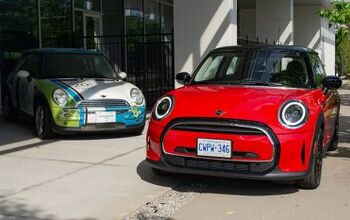
Comments
Join the conversation